Stress Fractures And The Reproductive System In The Female Athlete
- Due to the radiation exposure involved with oblique radiography and CT, the recommended imaging modalities when spondylolysis is suspected include initial two-view radiography followed by MRI.
- Surgery for spondylolysis is recommended only when bilateral spondylolysis is present and has progressed to significant spondylolisthesis.
- Female athletes should have 1,500 mg/day of calcium and maintenance of vitamin D levels at 32 to 50 ng/mL, which may generally occur with 800 IU of vitamin D/day.
- Female athletes should have baseline dual-energy x-ray absorptiometry if they have one or more “high-risk” triad risk factors or two or more “moderate-risk” triad risk factors.
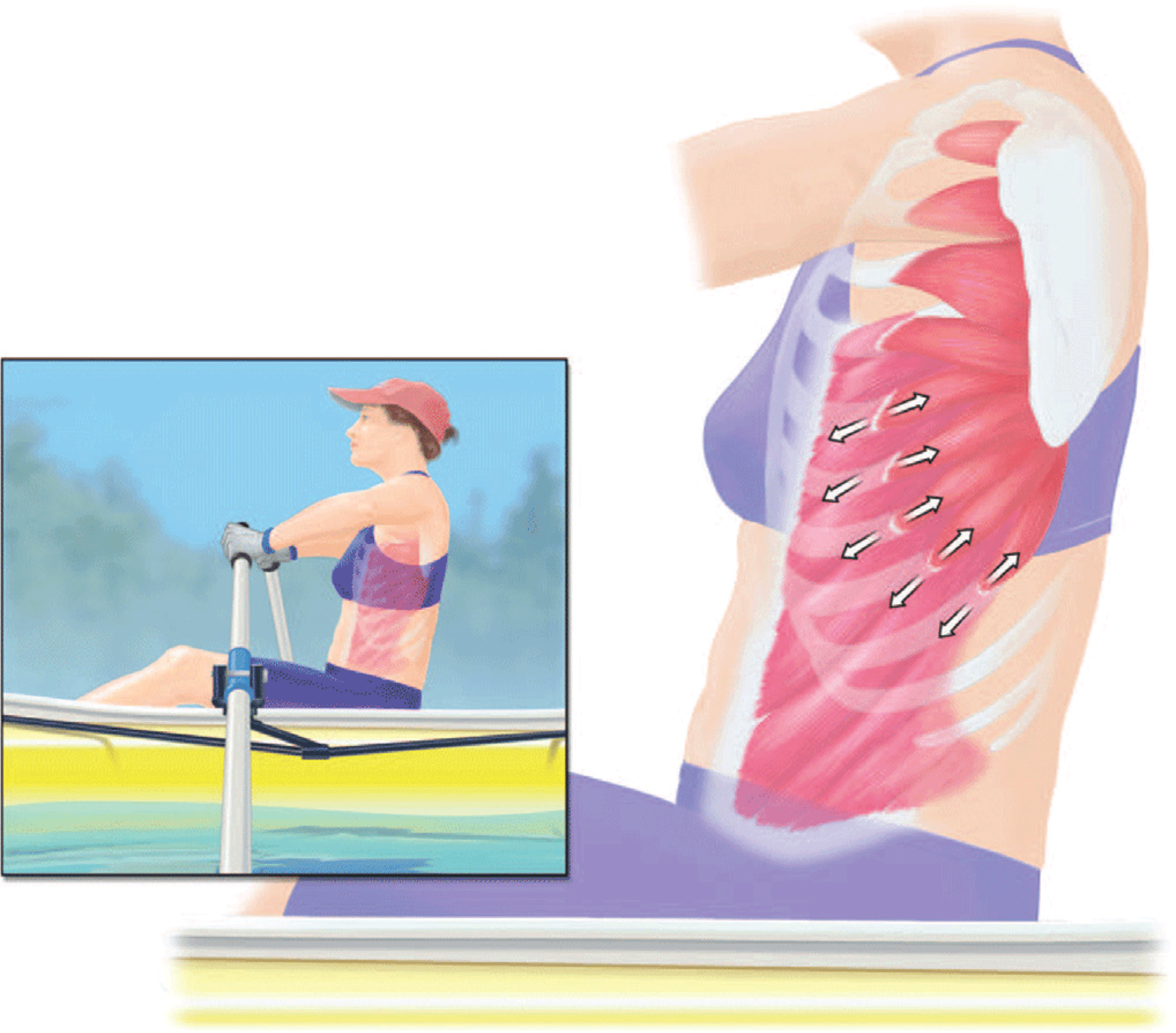
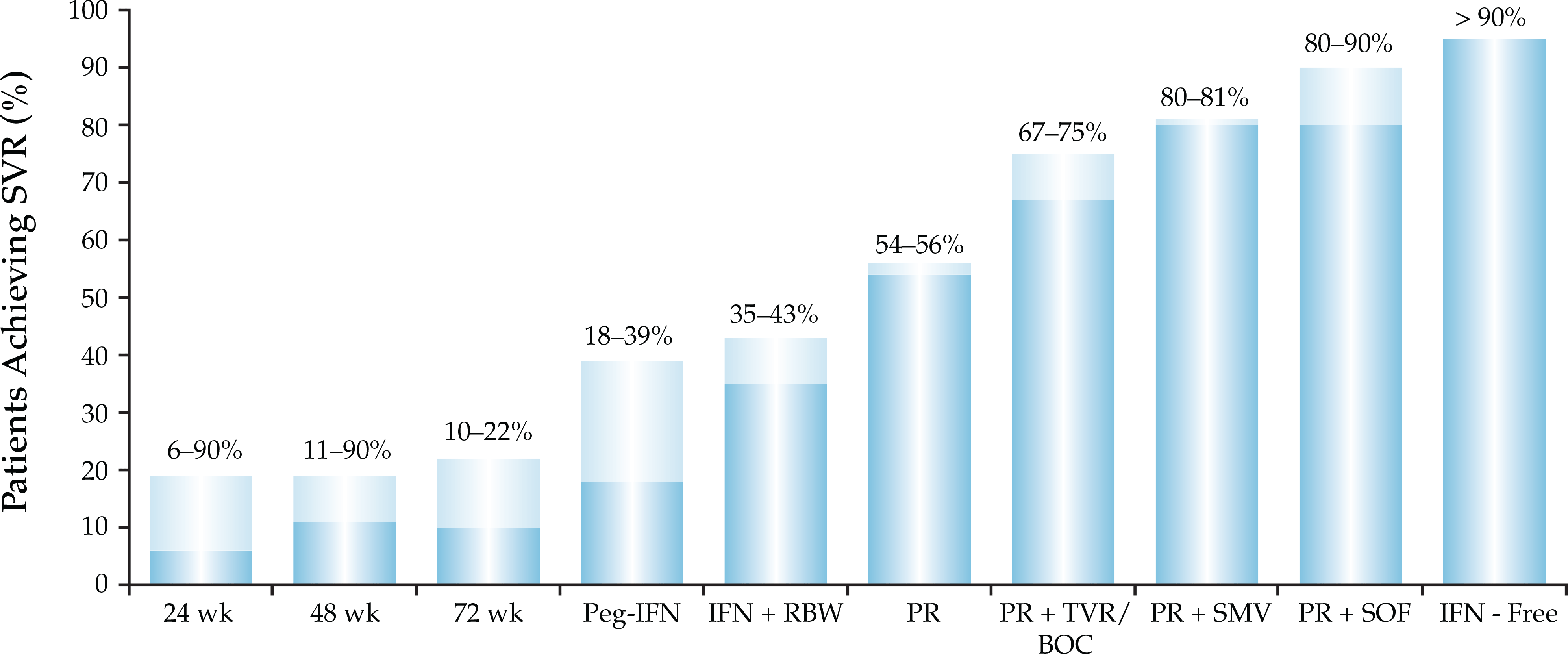
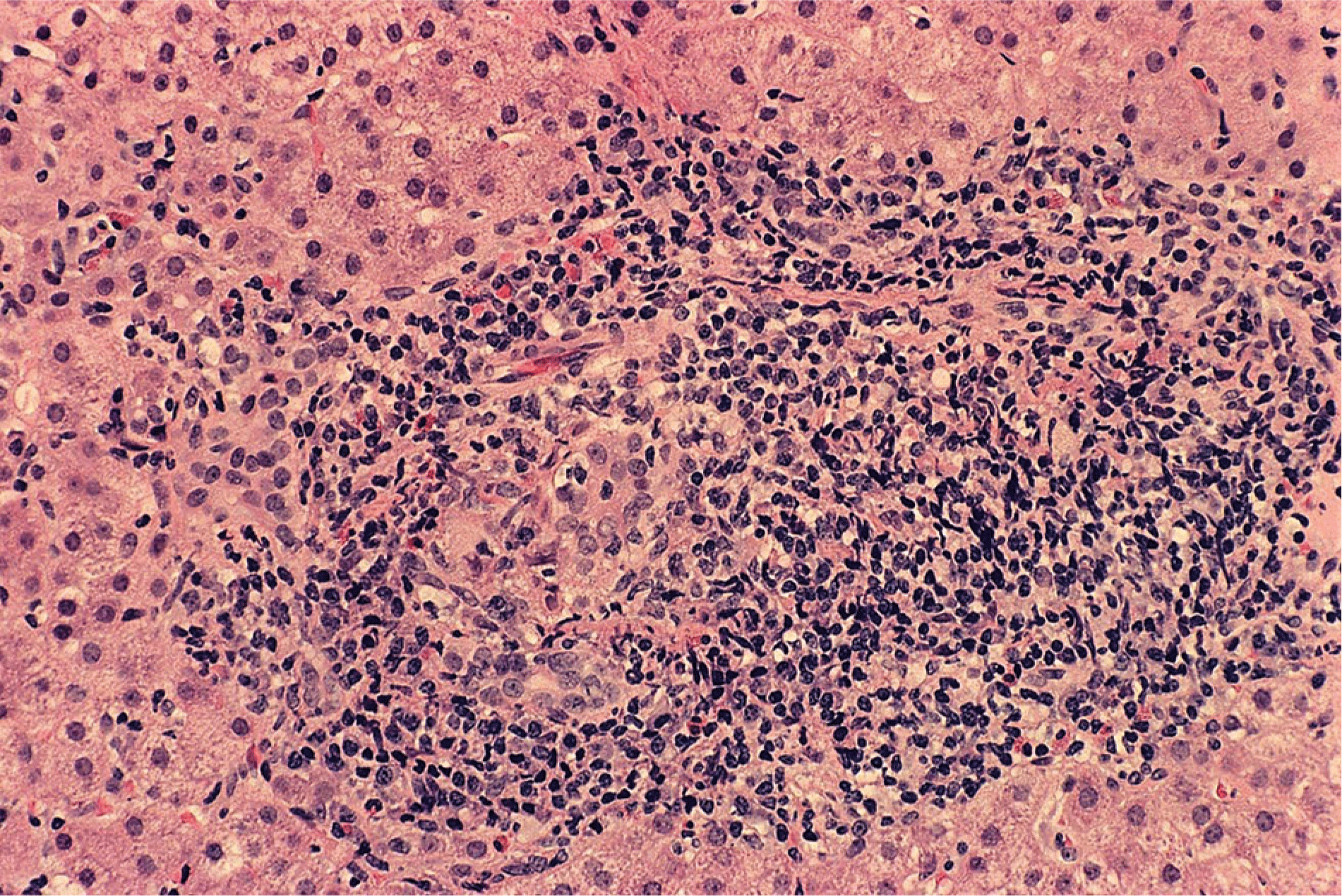
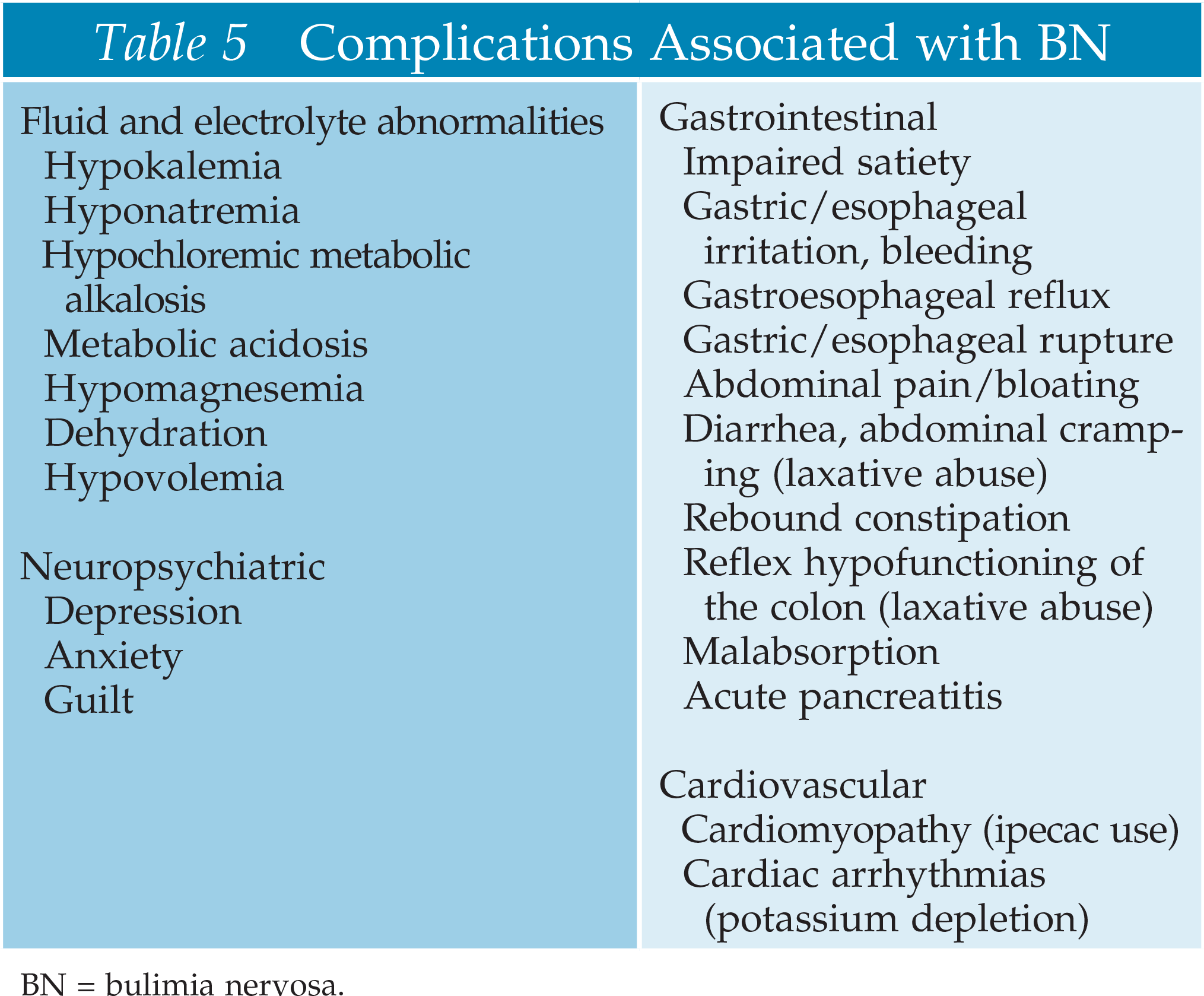
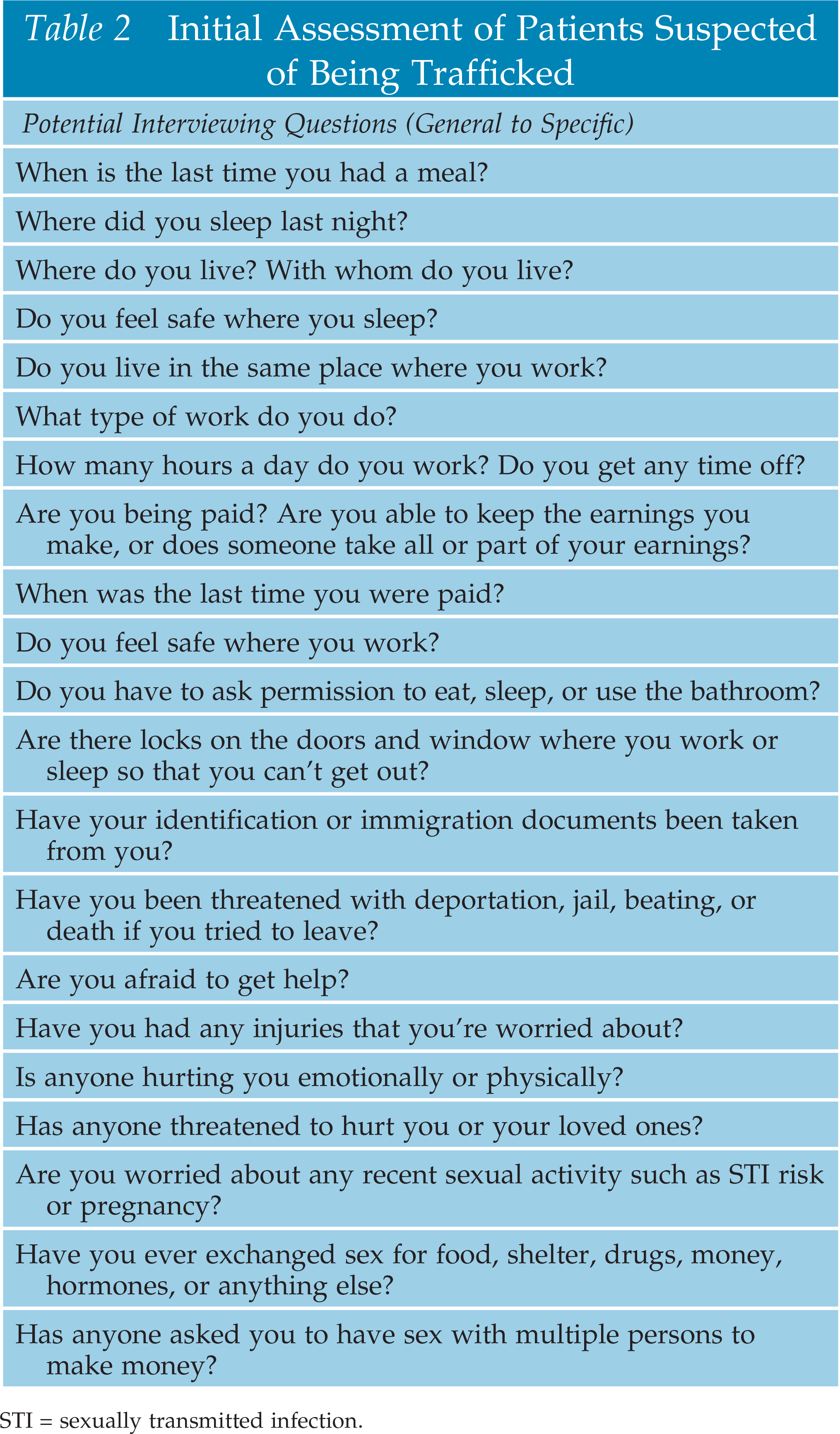
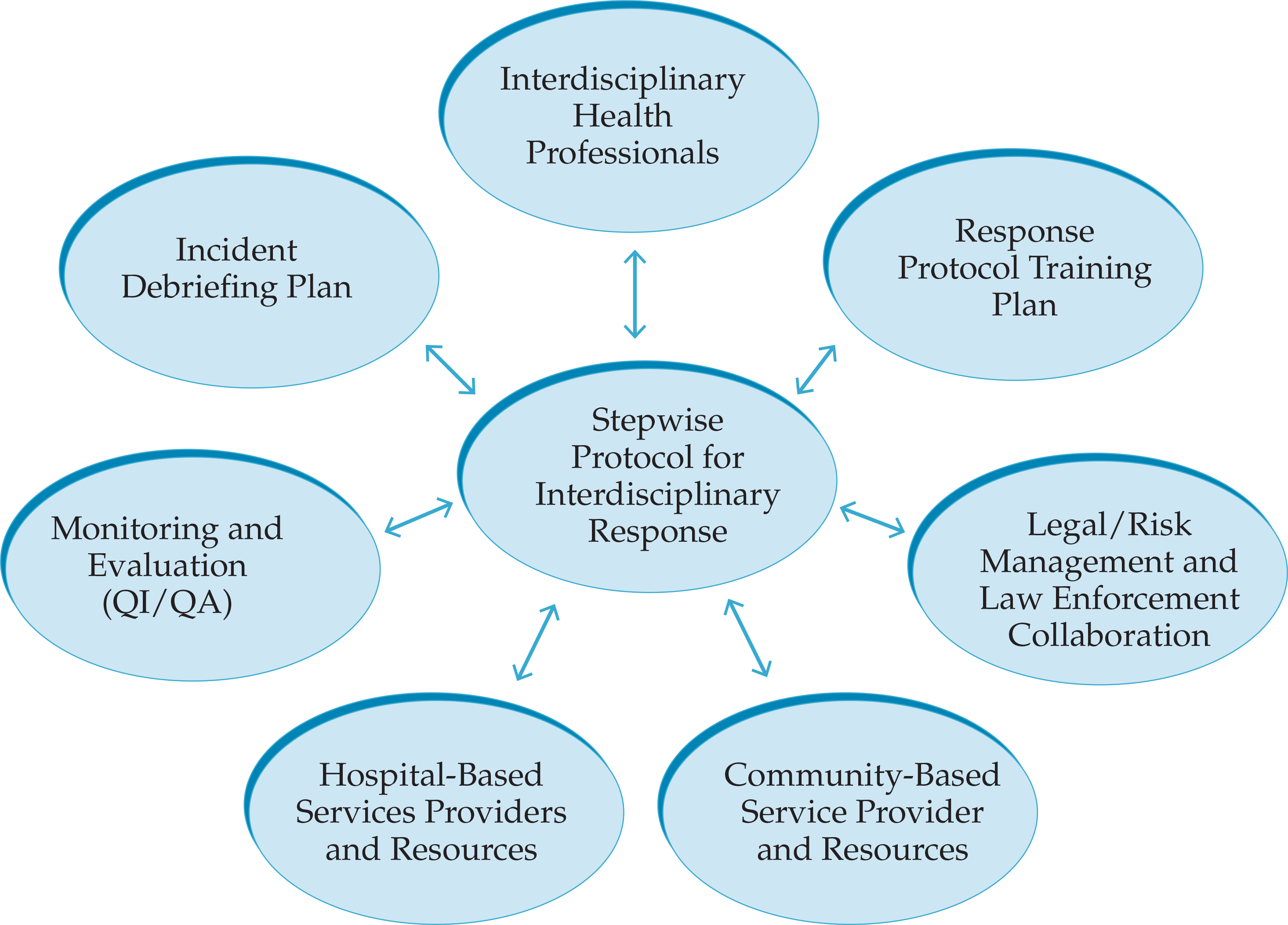
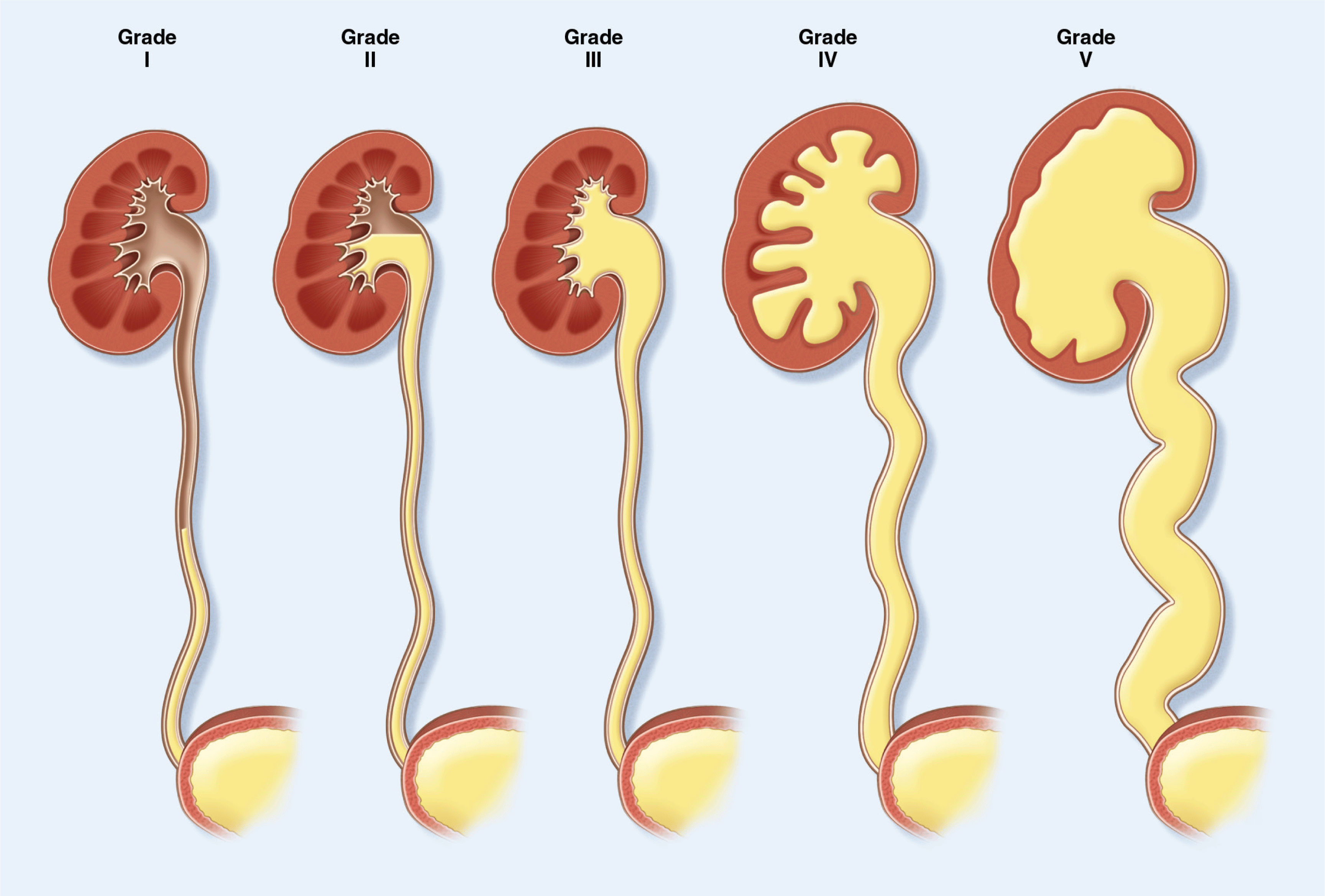


.png)







